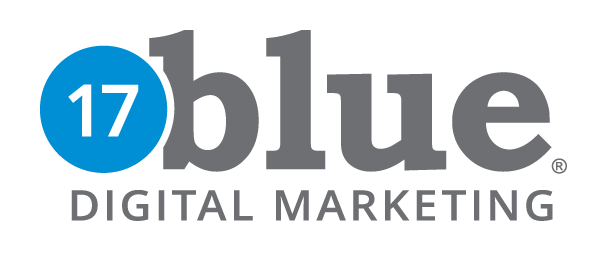Blogging for your business increases brand awareness and improves organic traffic, but it takes commitment. Depending on your goals, you may publish 1-2 blogs a week or as many as 4-5 per week. Hubspot notes, “Companies that publish 16 or more blog posts per month generate 4.5x more leads than those that publish 4 posts (or less).” No matter how many blogs you plan to write, breaking the process into clearly defined steps can help make it easier to manage. Here, we break blog writing down into 4 simple steps.
Companies that publish 16 or more blog posts
HubSpot
per month generate 4.5X more leads
than those that publish 4 posts (or less).
Blog Topics and Research
When writing a business blog, plan topics that relate to your current or potential clients, products, services and industry. Focus on providing helpful information that will engage your audience. Answer a question or explain how a process you offer can help them. Blogs can be short, long-form, image-driven or videos but they aren’t textbooks. Choose a narrow focus for your topics. If you have a topic that covers a lot of material, consider breaking it into subtopics or a series of posts. For each topic, focus on just a few main points you want to emphasize per blog post.
Once your topic is planned, it’s time for research. Use your own experience, surveys conducted, or case studies done by your company. Search for related articles from reliable sources and industry associations. Focus on the few main points you want to cover. Extra information gained in your research can always be used in an additional blog later. When using a direct quote or information from a study, make sure you save the information needed to give proper credit to the source.
Need topic inspiration? Check out 31 days of blog topics for business.
The Meat: Writing Your Blog Post
The Introduction to your article should give a brief overview of what will be covered in the main content and attract the reader’s interest. If the information you’re providing is important to the person, the introduction can persuade the reader to finish the document.
The body of your blog is where you deliver the main points you want to convey. Using clear, concise sentences makes it easy to read and understand. Break your information into small paragraphs, sections or bullet lists. If a sentence is too long, break it into two sentences. Remember, people are busy. Stay on topic, keep it focused and help them be able to scan the information in sections.
Create visual interest by making information attractive and easy to find. Create clear sub-titles. Add pictures, graphs, or video to offer information in an appealing manner. Visual hierarchy can be created for sections by using color, font changes, or contrast.
Wrap up with a brief conclusion to recap the main points of your blog post and prompt the reader to take action.
“Successful blogging is not about one time hits.
David aston
It’s about building a loyal following over time.”
Review and Edit Your Blog
Go back and read your article again for content. Does it make sense and read well?. Then use a simple checklist like the one below to make sure your writing is ready for publication.
- Use a writing platform like Grammerly.com to help you edit. These are useful tools, but computers don’t know everything. They will occasionally make suggestions for edits you don’t need to apply. Use your own judgment as you edit.
- Check for unnecessary words and remove them by simply deleting or rephrasing the sentence. TIP: Remove any use of the words “that” and “so” unless they’re necessary to understand the sentence.
- Watch for repeated words. If you find you’ve used the same term too often, use an online thesaurus to find different options to break up some of the repetition.
- Have someone else proof your blog before you finalize it, preferably someone who looks at things differently than you. This safety net helps you catch errors and it gives you insight into how others will view your content. This may include phrasing that may be offensive to others or have changed meaning in pop culture. Here’s an example of how editing can avoid PR fails and misunderstanding.
If you’re a bit of a perfectionist, avoid the urge to keep reworking your blog over and over. Perfect isn’t possible. An art teacher once told my daughter, “When you get to 85%, stop. If you keep revising, you will ruin it.” This can apply to editing your document, as well. If you’ve done your research and editing, trust the process.
Push the button!
You’ve written, reviewed, edited – it’s time. Just push the publish button! Make sure your blog has a feature image and is assigned to the blog category of your choice, then hit publish and release it into the world. Share it on your social channels, watch analytics over time and amplify your best performing content.
Happy blogging! If you find you don’t want to tackle it alone, we can help you keep your content publishing on point and on schedule.





